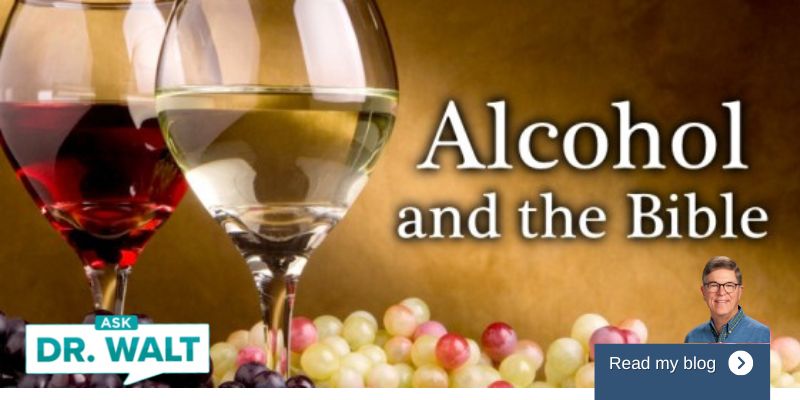Controversial HPV Vaccine Causing One Death Per Month: FDA Report
July 7, 2008Not only does the Birth Control Pill not work as well as advertised — it may cause abortions
July 7, 2008MedScape is reporting that the North American Menopause Society (NAMS) has updated its guidelines on postmenopausal hormone therapy (HT) and issued a position statement published in the July/August issue of Menopause. Recent data suggest that the benefit-risk ratio for HT is favorable near menopause but decreases with aging and time since menopause in previously untreated women.
My Take?
As more and more is learned about the limitations of the huge Women’s Health Initiative (WHI) study, which unduly, it turns out, scared women and physicians away from hormone therapy for vasomotor symptoms (hot flashes, night sweats, and dry vagina) in early menopause, and as more and more is learned about the safety of using hormone therapy early in menopause, this statement is welcome news for menopausal women and the physicians who care for them.
The NAMS Advisory Panel says, “The benefit-risk ratio for an individual woman continually changes with her age and her menopause-related symptoms (eg, vasomotor symptoms, sleep disturbance, vaginal atrophy, dyspareunia, or diminished libido), any of which may have an adverse impact on quality of life (QOL). Risk factors are related to a woman’s baseline disease risks; her age; age at menopause; cause of menopause; time since menopause; prior use of any hormone; types, routes of administration, and doses of HT used; and emerging medical conditions during treatment.”
On the basis of new evidence, this statement highlights the therapeutic benefit-risk ratio of HT as either estrogen therapy (ET) or combined estrogen-progestogen therapy (EPT) at times before, during, and after menopause. Treatment goals of HT may include relief of menopause-related symptoms or disease prevention at various times through menopause and beyond.
The primary indication for HT is still treatment of moderate to severe vasomotor symptoms and every systemic ET and EPT product has received regulatory agency approval for this indication.
Furthermore, as the report highlights, HT, with or without the use of a progestogen, is the most effective treatment of these symptoms (hot flashes and night sweats).
Furthermore, HT is the most effective treatment of moderate to severe symptoms of vulvar and vaginal atrophy, with local vaginal ET preferred when vaginal symptoms are the sole indication for ET.
According to the report, “to date, the published evidence suggests that potential absolute risks for use of HT are low. Findings from the Women’s Health Initiative HT trial suggested considerable safety for 0.625 mg/day of oral conjugated estrogen (CE), and risks in the Women’s Health Initiative EPT trial were rare by the criteria of the Council for International Organizations of Medical Sciences except for stroke, which was above the rare category.”
Therefore, “For women who are younger than 50 years or who are at low risk for coronary heart disease, stroke, osteoporosis, breast cancer, or colon cancer, the absolute risk or benefit from ET or EPT is likely to be even smaller than that shown in the Women’s Health Initiative. However, the relative risk may be similar at different ages. Because of the increasing body of evidence that each type of estrogen and progestogen, route of administration, and timing of therapy have distinct beneficial and adverse effects, further research remains essential.”
The report reassures menopausal women and their physicians: “Recent data support the initiation of HT around the time of menopause to treat menopause-related symptoms; to treat or reduce the risk of certain disorders, such as osteoporosis or fractures in select postmenopausal women; or both.” The panel concludes, “The benefit-risk ratio for menopausal HT is favorable close to menopause but decreases with aging and with time since menopause in previously untreated women.”



